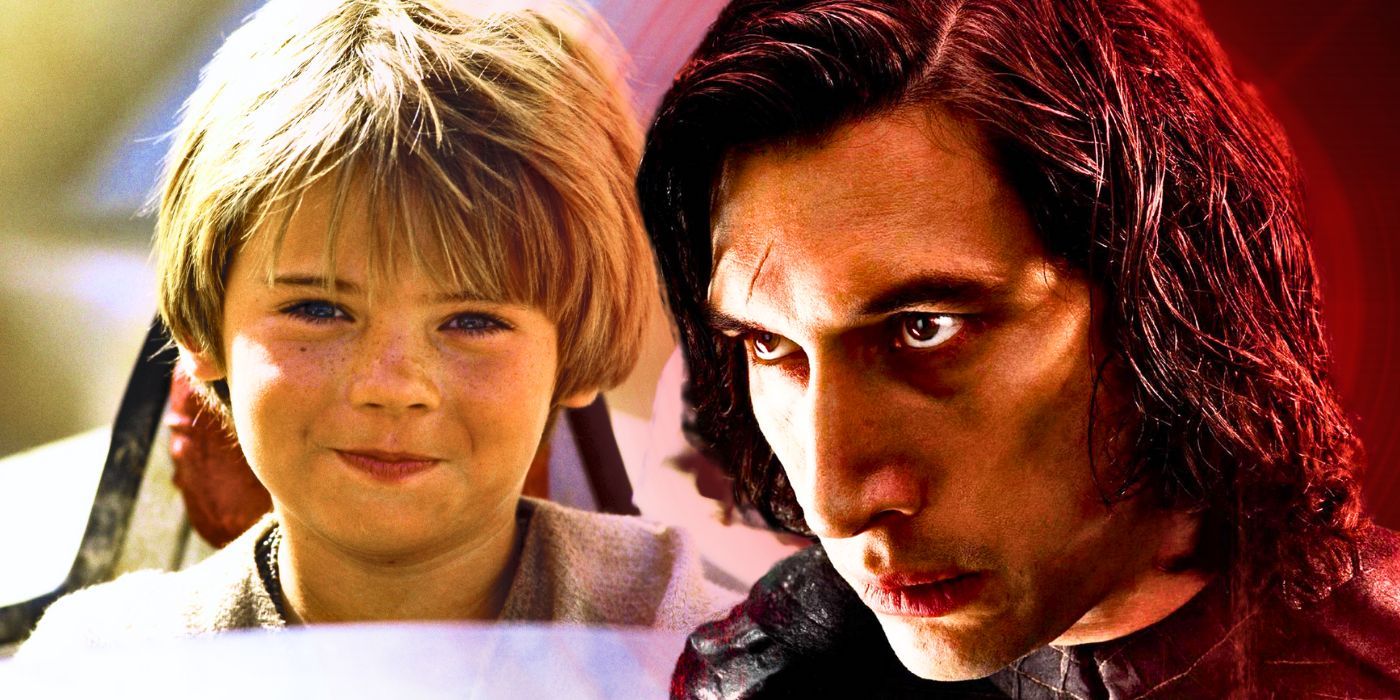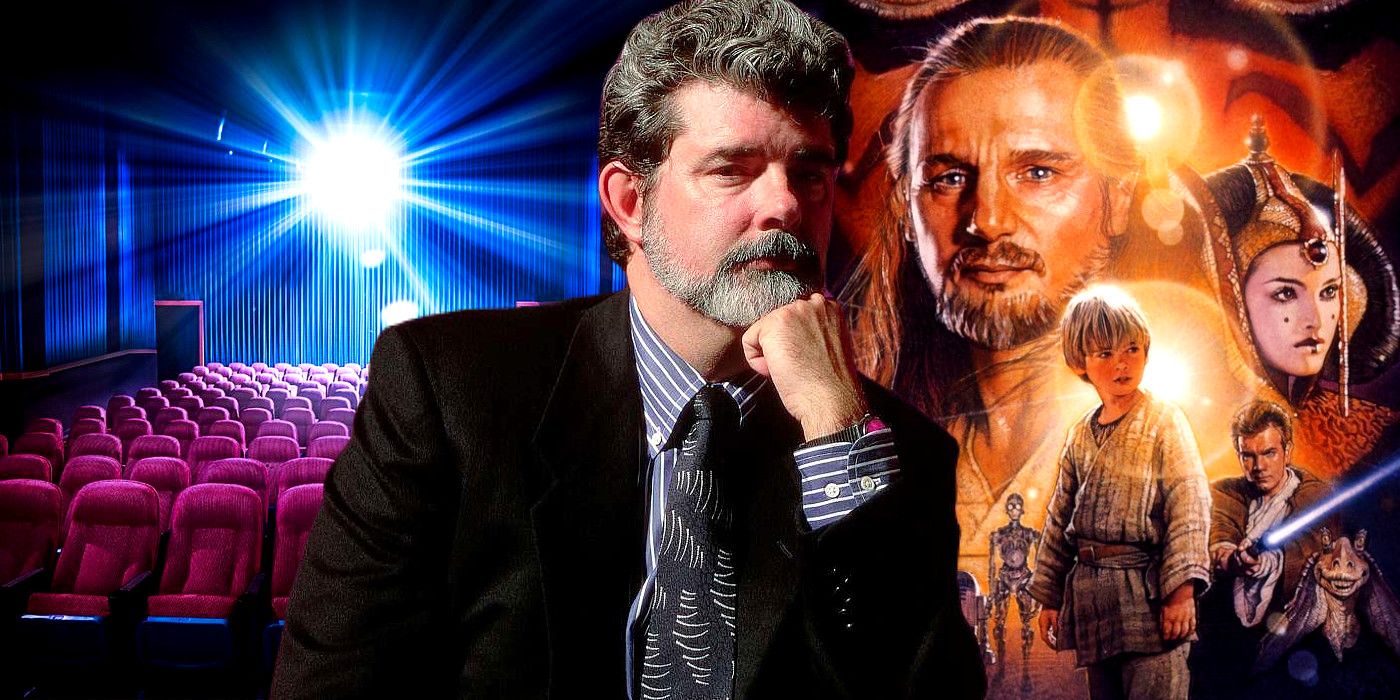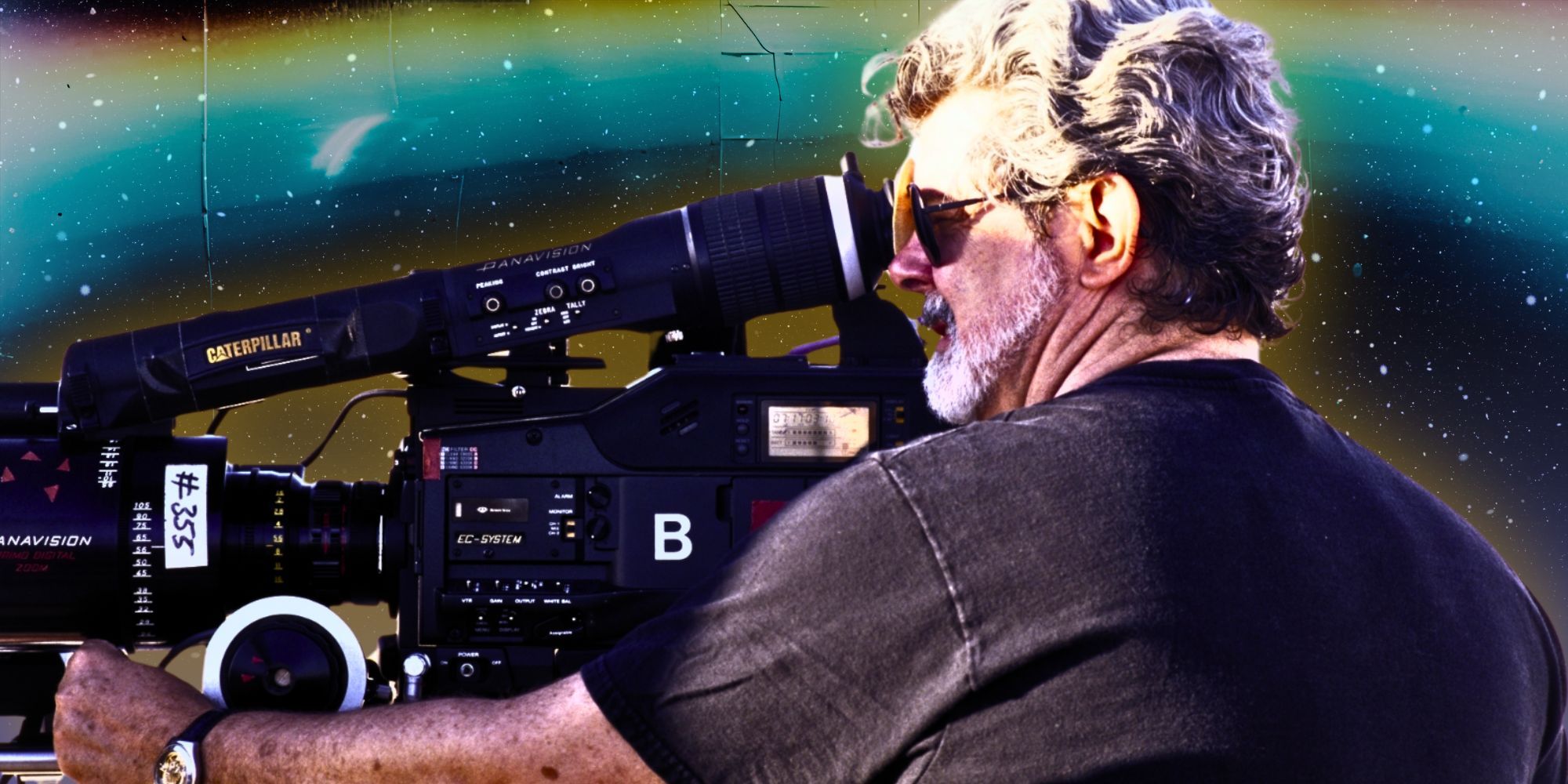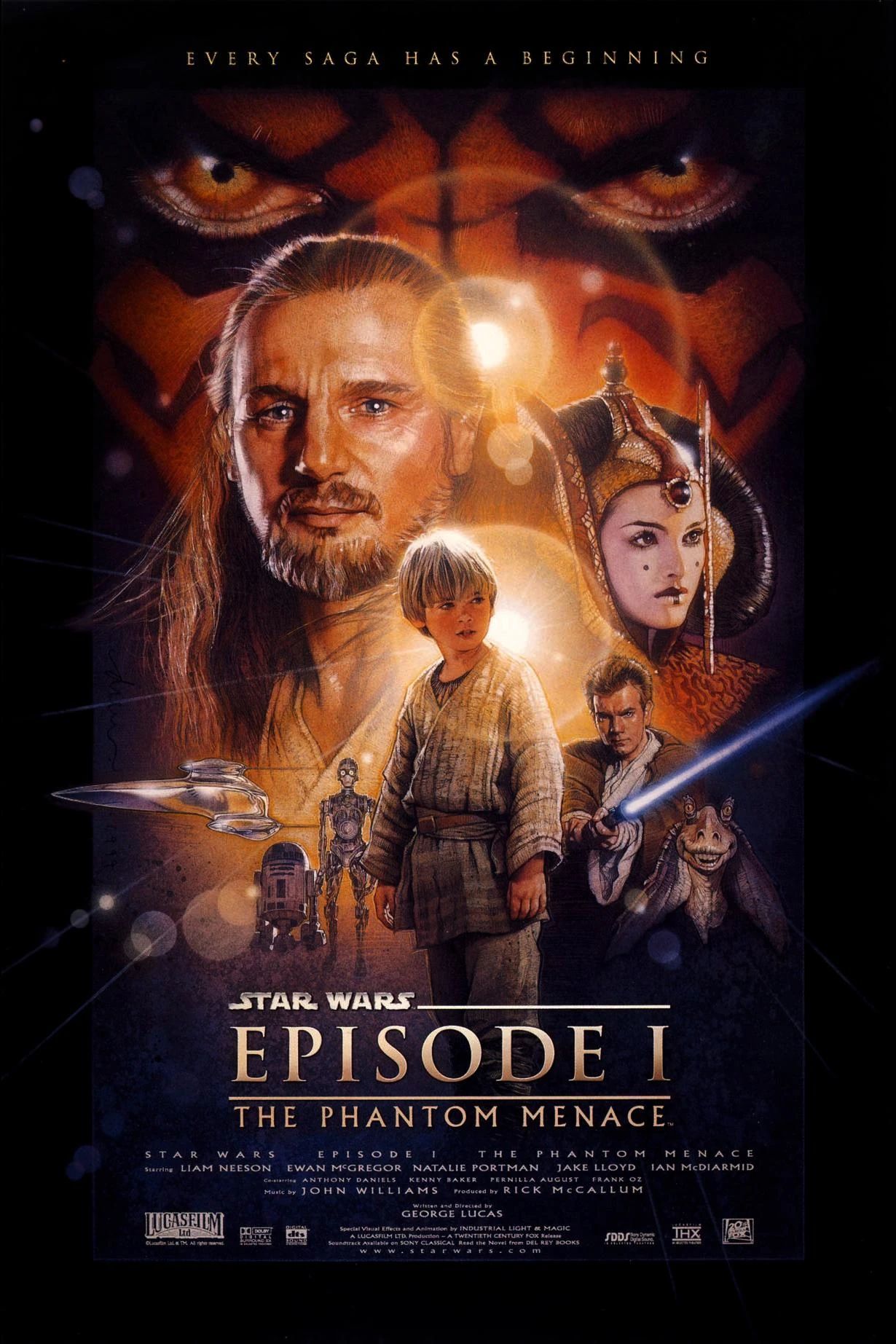Summary
-
The Phantom Menace
was the first movie to be digitally projected, starting the shift to digital in theaters. - George Lucas supported digital projection to ensure his movies were seen in the best quality.
- Lucas influenced Hollywood’s transition to digital projection with
The Phantom Menace
, setting a new standard.
While George Lucas has always been a visionary filmmaker, especially with Star Wars, some fans may not know how radically Star Wars: Episode I – The Phantom Menace influenced digital projection in theaters. If I were to go to my local cinema, it’s pretty much guaranteed that any movie I see would be projected digitally, unless I went to one of the few theaters that show older movies on film. Film projection has become a thing of the past for most moviegoers, limited to special screenings, like when Oppenheimer was projected on IMAX 70mm film at 30 theaters worldwide.
However, this wasn’t the case 25 years ago, as digital projection was an emerging technology not widely used in cinemas. The idea of movie theaters going digital, especially on a wide scale, probably seemed like a fantasy. This began to change in 1999 with Star Wars‘ grand return to the big screen which, although primarily projected on film, managed to kick off this new digital trend. As someone who grew up seeing movies projected digitally, I only recently learned how George Lucas helped to change Hollywood forever by offering an alternative way to watch The Phantom Menace in theaters.

Related
Star Wars In 1999 vs. 2024: How The Franchise Has Changed Since The Phantom Menace Released
The Phantom Menace transformed Star Wars when it released in 1999, and the fandom has continued to evolve over the last 25 years as well.
The Phantom Menace Was The First Movie To Be Digitally Projected
The beginning of the new norm for movie theaters
The rise of mainstream digital projection began with The Phantom Menace, the first widely released movie to be screened digitally. As reported by Projector Central in 1999, The Phantom Menace was shown on a digital projector at two theaters in Los Angeles and two in New York, overseen by CineComm and Texas Instruments. I find this incredibly fascinating because it’s the exact opposite of how things work today, with digital projection as the norm and film projection as the niche that only a select number of cinemas will use for special occasions.
Then Lucasfilm President Gordon Radely noted how proud he was for The Phantom Menace to be “…the first movie digitally projected for movie-goers…” and hoped it would lead to “… the wide scale introduction of digital projection….” Producer Rick McCallum shared this sentiment, noting how digital projection guarantees that every audience member will see a movie exactly how the filmmaker intended, unlike a film print that would receive wear and tear with each screening. Their perspective reflects how Lucas advocated for digital technology throughout the making of the Star Wars prequel trilogy.
It’s Easy To See Why George Lucas Wanted To Explore This Technology
Lucas wanted his movies to be seen in the best possible quality
Given George Lucas’ track record as a pioneer of new filmmaking technology, it’s easy to see why he would support the transition to digital projection. Lucas spent millions of dollars restoring the Star Wars movies from the original film negatives for the 1997 special edition, then oversaw the digital restoration for the 2004 DVD release. Star Wars: Episode II – Attack of the Clones became the first major film to be shot entirely on digital cameras, so Lucas encouraged moviegoers to see it in theaters with digital projectors. Even The Phantom Menace was shot both on film and digital cameras.
25 years after
The Phantom Menace
‘s limited digital release, film projection is now the niche way to see movies.
25 years after The Phantom Menace‘s limited digital release, film projection is now the niche way to see movies. I never realized how much Lucas influenced this trend as early as 1999, but given his affinity for digital over film, I shouldn’t be surprised. Even if Lucas became too reliant on digital effects, I will always admire his commitment to pushing the limits of what movies can do. Because Star Wars: Episode I – The Phantom Menace began Hollywood’s transition to digital projection, I look forward to seeing how future Star Wars movies and TV shows will follow George Lucas‘ example.
Source: Projector Central












